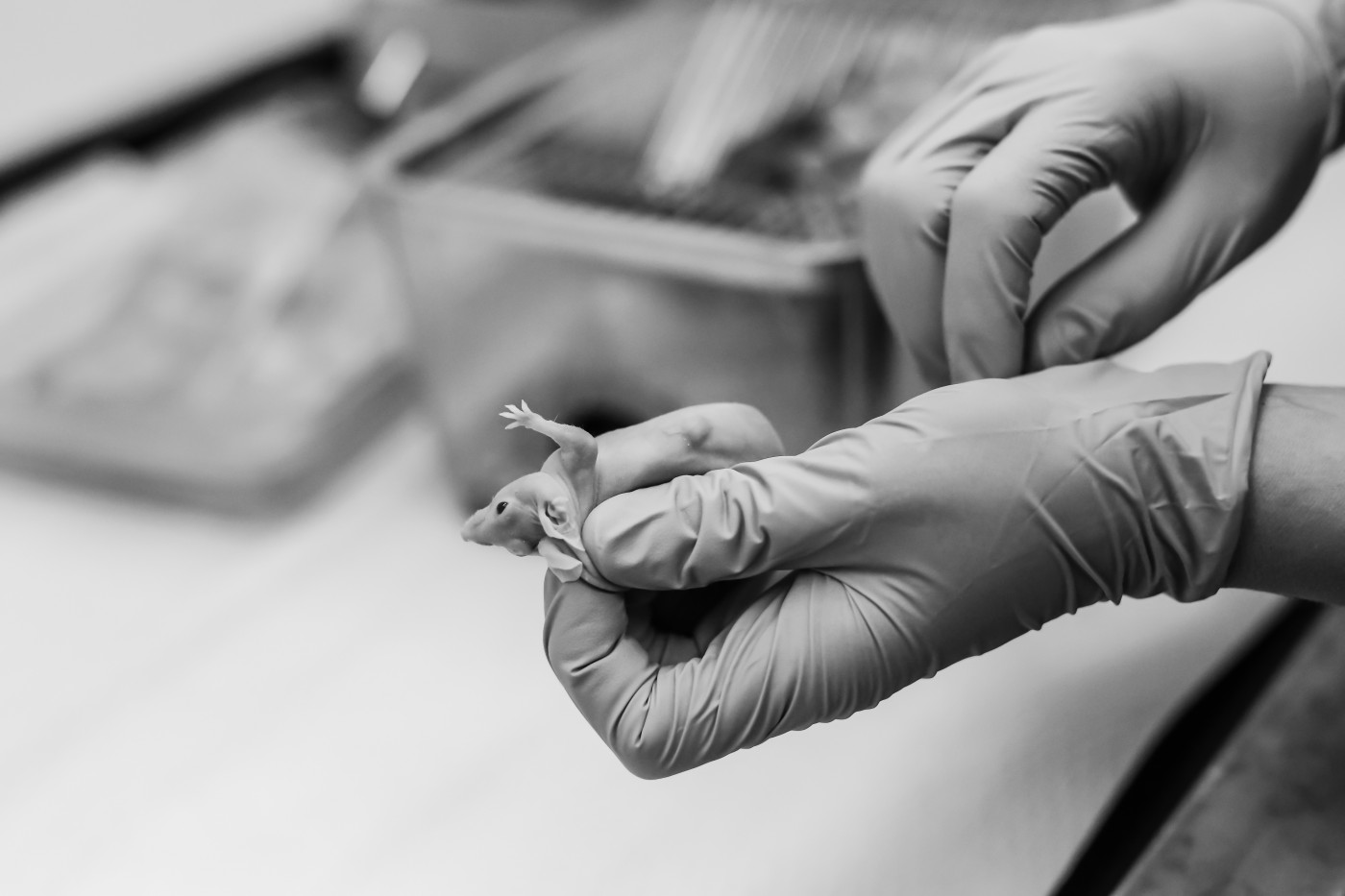Combining Two New Antisense Oligonucleotides Increases SMN Protein Levels in SMA Mice, Study Shows
Written by |

Researchers have shown that the technology called antisense oligonucleotides, used in the only FDA-approved therapy for SMA, Spinraza (nusinersen), can be improved upon. They designed two new sequences that significantly increased SMN production in human cells and in a mouse model of SMA when administered alone or combined.
The study, “Investigation of New Morpholino Oligomers to Increase Survival Motor Neuron Protein Levels in Spinal Muscular Atrophy,” was published in the journal the International Journal of Molecular Sciences.
A mutation in the survival motor neuron 1 (SMN1) gene leads to a reduction in the load of SMN protein and is the leading cause of SMA. In humans, there is another identical gene to SMN1, called SMN2. While the protein encoded by the SMN2 gene could rescue the effects of the mutation on SMN1, an event called “alternative splicing” leads to a rapidly degradable SMN2 protein.
Antisense oligonucleotides (ASOs) are a potential therapy for SMA because they can correct the splicing of the SMN2 gene.
In fact, “correction of the SMN2 pre-mRNA splicing process with ASOs has been one of the most interesting and effective approaches, so much so that one of the ASOs, named nusinersen [marketed as Spinraza], has been recently approved by the FDA/EMA,” researchers wrote.
Currently, two classes of ASOs have been tested in preclinical and clinical trials – the 2OMePS and MOE oligomers belong to the first class, while the second class is composed of morpholino oligomers (MOs), which are more resistant to metabolic degradation.
Finding even more stable molecules potentially may improve this type of therapy and decrease the need for repeated administration of ASOs.
In this study, researchers developed a strategy to optimize MOs’ effectiveness. They chose to work with MOs because they are highly selective and free of off-target effects, presenting enhanced effectiveness in animal models compared to 2OMePS and MOE oligomers.
They tested four new MO sequences that target a specific region with the SMN2 gene, called ISS-N1 region.
The results showed that two MO sequences – MO B and MO D – significantly increased SMN protein production in an in vitro model with human induced pluripotent stem cells (iPSCs) from SMA patient cells (fibroblasts). These findings were confirmed later in a mouse model of the disease, known as “delta 7” mice.
Furthermore, administering a combination of MO B plus MO D was more effective at increasing the SMN protein levels in the brain and in the spinal cord of mice, compared to treatment with each MO sequence alone.
The results also were better than that of MO-10-34 in the spinal cord, a previous sequence researchers had developed that also targets the ISS-N1 region.
Overall, “our results confirm that targeting the ISS-N1 region leads to efficient modulation of the SMN2 transcript and indicate that optimization of the target sequence, even with small variations in the MO sequence, can achieve more efficient production of functional SMN protein, consequently ameliorating the SMA disease phenotype,” researchers wrote.
While these findings warrant further confirmation in mouse models of SMA, showing that it enhances survival and neuromuscular function suggests “use of combinations of different sequences of MOs can enhance their efficacy,” the study concluded.






